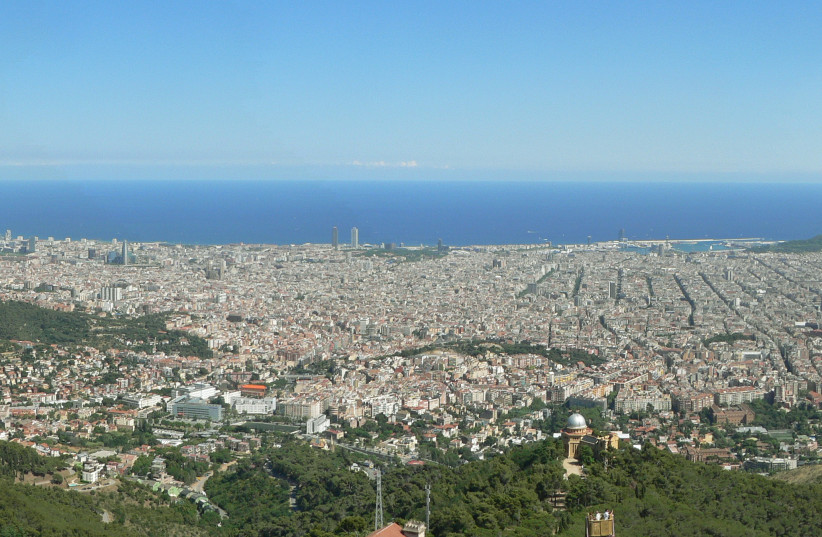Researchers found that upper-class people in the Roman Empire did not always follow the law regarding funeral parties, often opting for everyday foods rather than expensive specialties, according to a new study.
The aim of the study was to investigate whether Roman funeral banquets included special foods or foods that were consumed in everyday life.
In the peer-reviewed study, published in August in PLOS ONE, the researchers collected biomolecular, anthropological and archaeozoological data from the Vila de Madrid necropolis in Barcelona, Spain, and found similarities between the types of meat that people usually ate at funeral banquets.
In Ancient Rome, people believed that several funeral rites were necessary in order to reach the afterlife. These included animal sacrifices, offerings and banquets held in order to please the gods.
The researchers analyzed the isotopes of human and animal collagen and studied skeletal remains in order to determine what kind of foods were commonly eaten at funeral banquets.

Among the foods that funeral attendees ate were beef, pork, goat and chicken. The researchers found no evidence of exotic foods, seafood or wild animals.
Furthermore, most burials did not even come with banquets at all, despite the face that funeral banquets were mandatory by law.
The archaeozoological analysis of the faunal remains recovered in the necropolis and inside the graves, as well as carbon and nitrogen stable isotope ratios results on bone collagen from 50 faunal specimens and 41 humans, suggest that, overall, funerary meals in [the] Vila de Madrid necropolis did not imply different food than that consumed during life," the researchers said.
Inequality for women in Ancient Rome
"Regarding age, sex, offerings and diet, some differences are observed, suggesting that inequalities present in life could have been also present in the funerary rituals."
Study
Notably, the researchers found that compared to Roman women, men ate a large amount of meat during their lives and more offerings were made at funerals for men, highlighting social inequality for women.
"Regarding age, sex, offerings and diet, some differences are observed, suggesting that inequalities present in life could have been also present in the funerary rituals," the researchers added.
